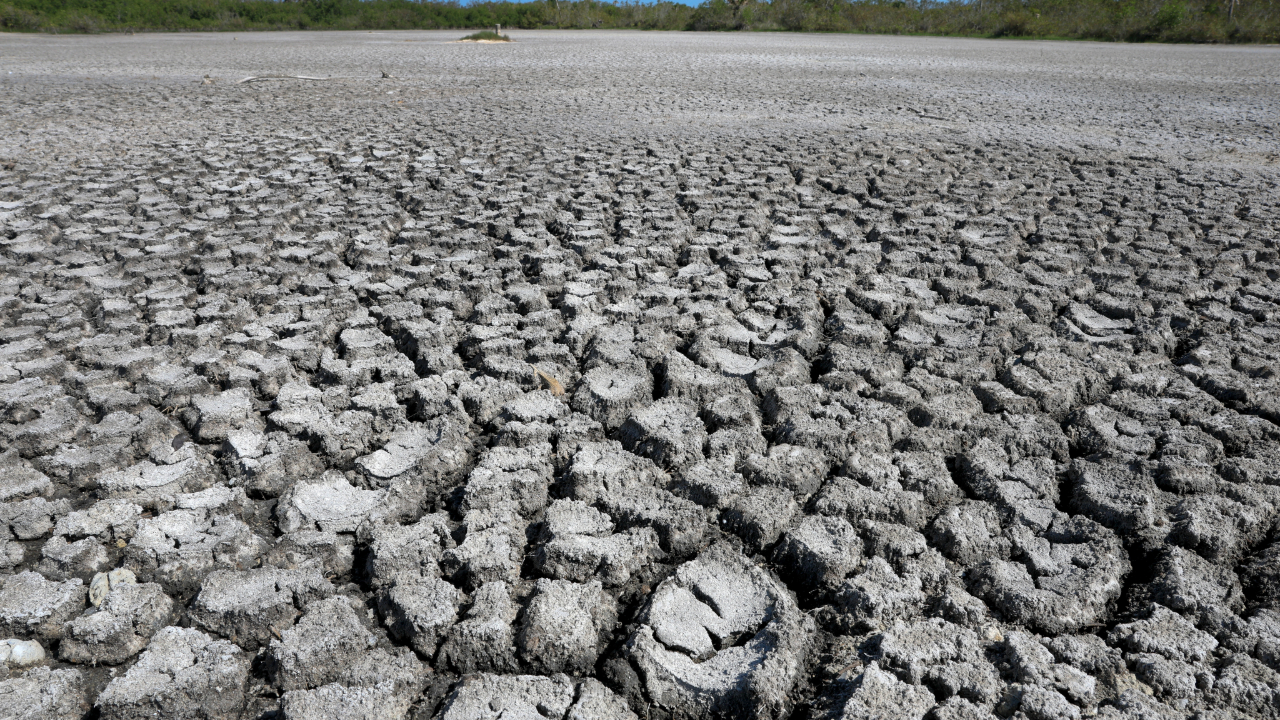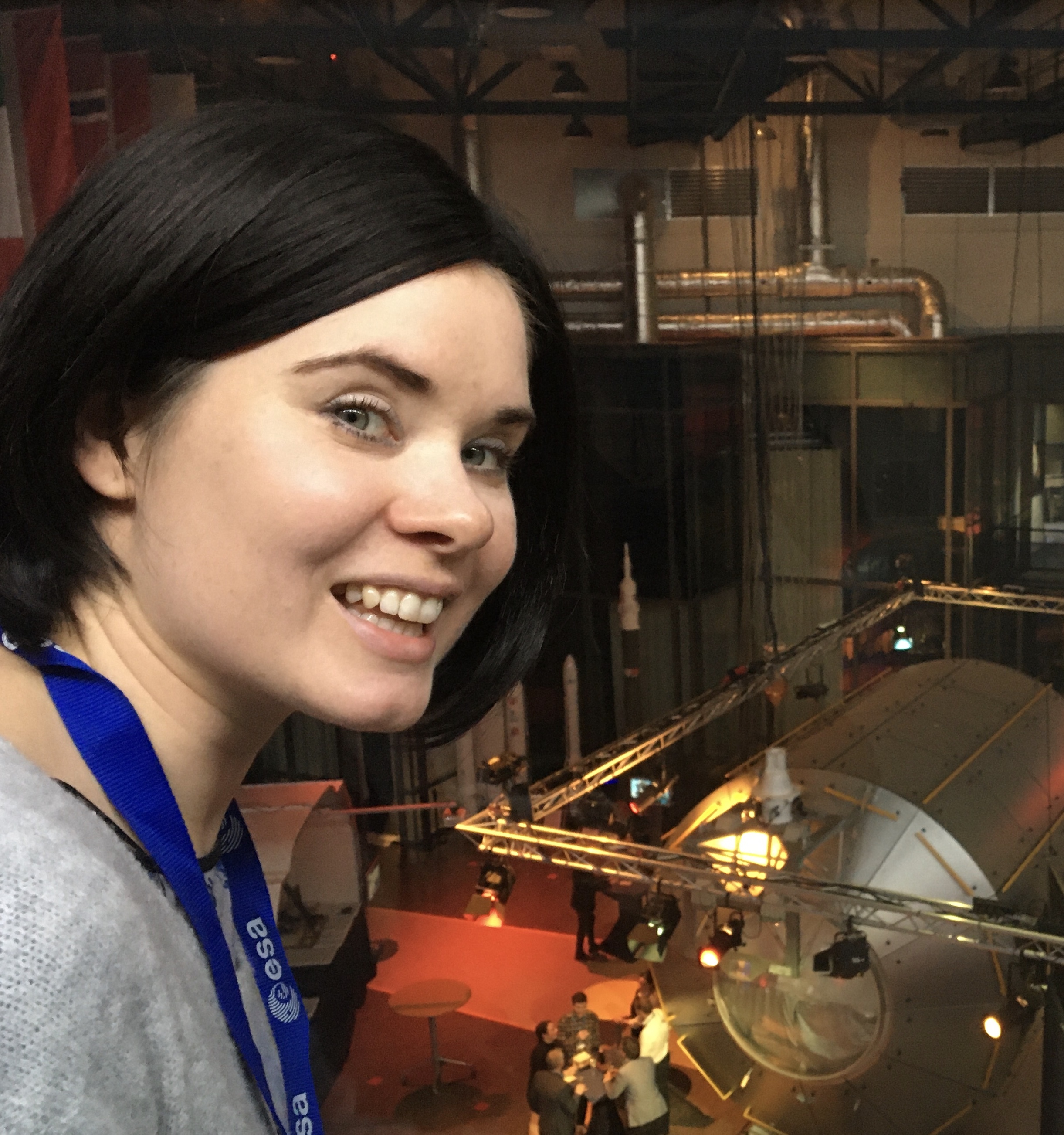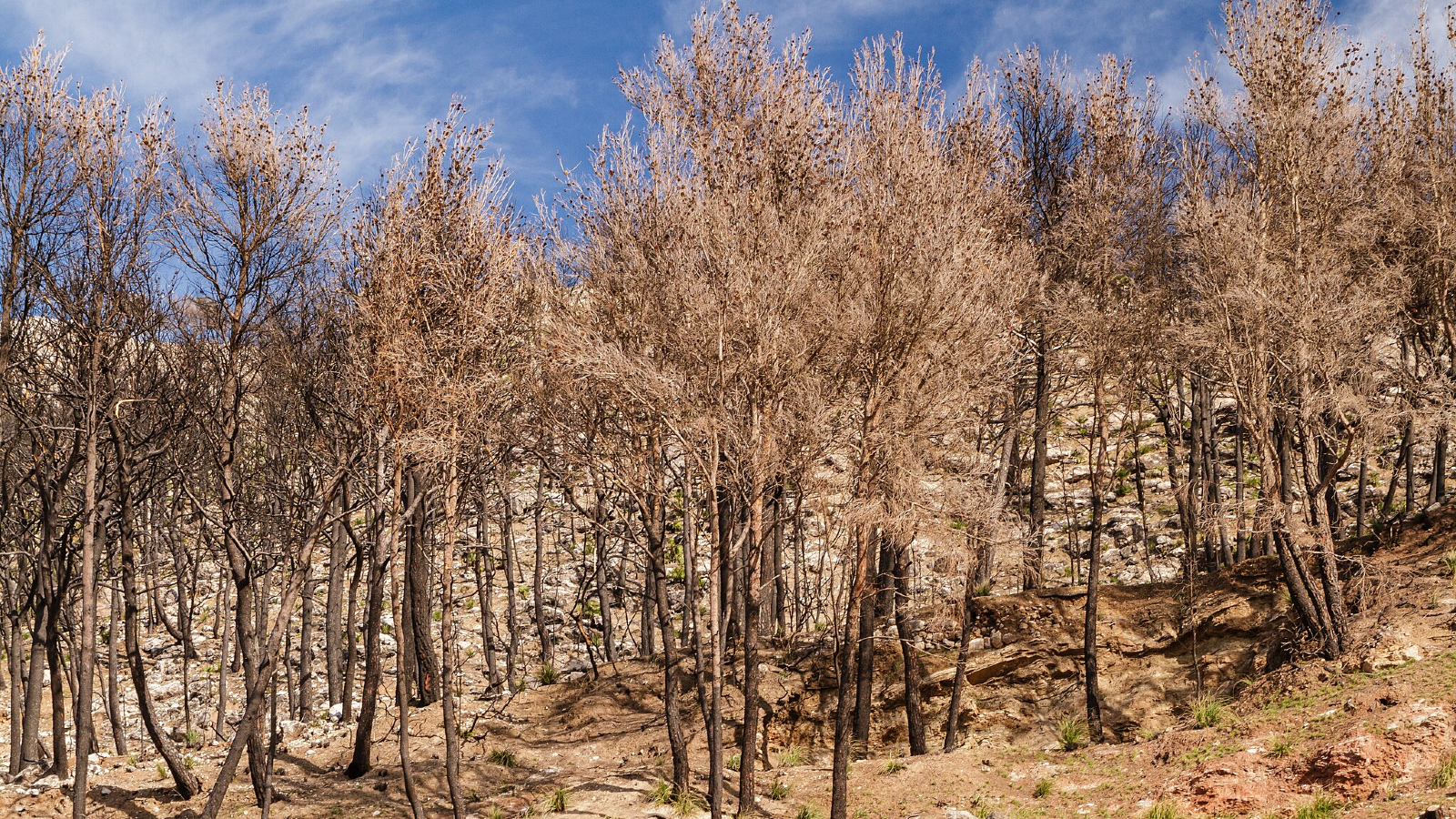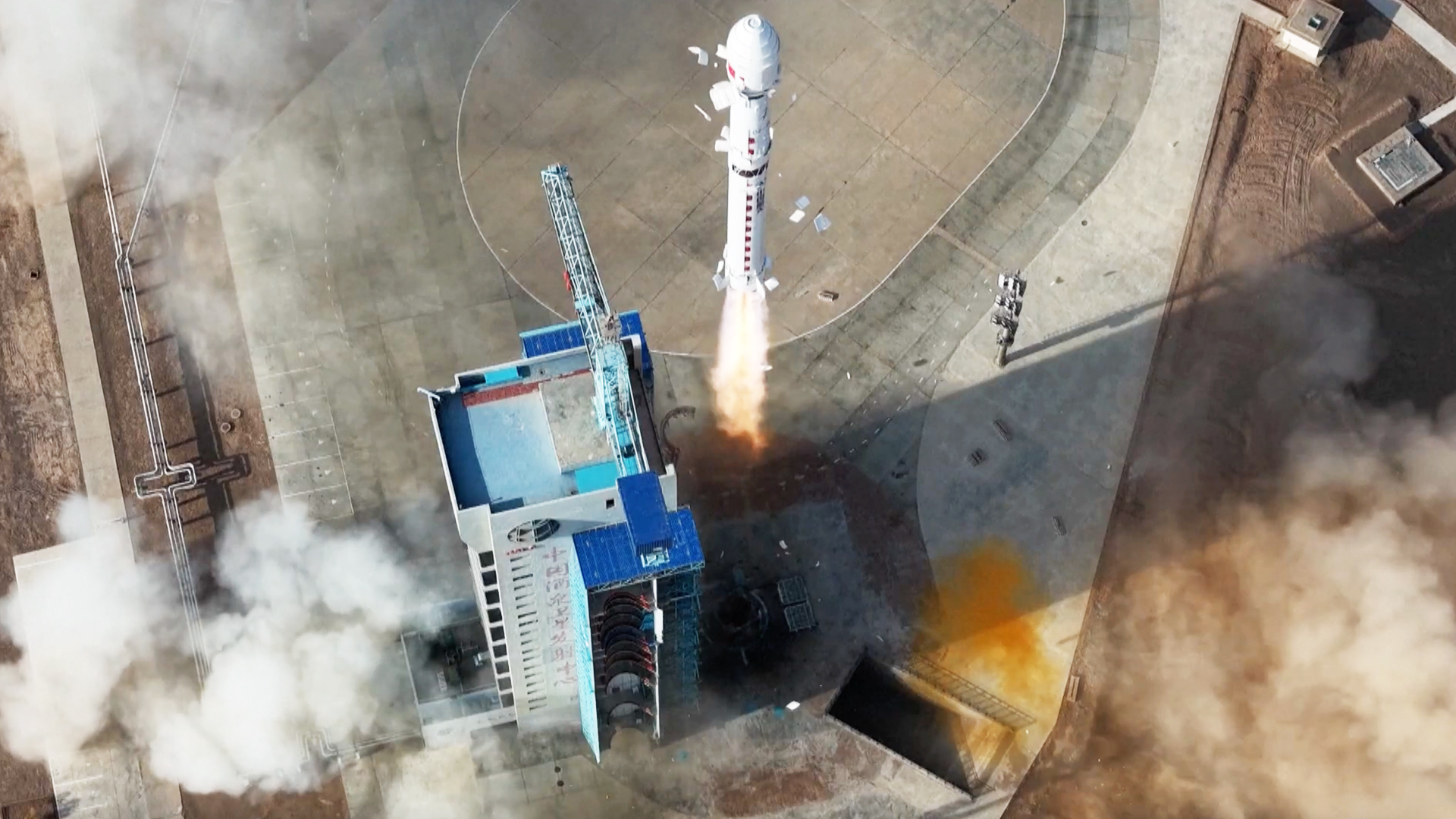Earth's continents are drying out at unprecedented rate, satellite data reveal
The US West Coast is the world's worst mega-drying region.

The world is losing fresh water at an unprecedented rate, two decades' worth of satellite data has revealed.
Measurements from NASA's twin GRACE satellites and GRACE follow-on missions have shown that since 2002, the amount of land suffering from water loss has been increasing year on year by twice the area of the state of California. That includes the loss of water from surface reservoirs such as lakes and rivers and underground aquifers, which are an important source of drinking water around the globe.
Mega-drying regions have emerged across the Northern Hemisphere with the worst-hit areas extending across the western coast of North America, Southwestern North America and Central America, the Middle East and Southeast Asia.
As a result, 75% of the world's population now lives in areas suffering from fresh water loss, with repercussions on agriculture, sanitation, and climate change resilience. The trend is also likely to cause further desertification of areas already suffering from insufficient rainfall.
The researchers said that the loss of continental water now contributes more to the global sea level rise than the melting of ice sheets.
The GRACE (Gravity Recovery and Climate Experiment) and its successor GRACE Follow-on missions measure variations in the strength of Earth's gravity, which depends on the distribution of mass inside the planet as well as on landscape features on the surface. Both missions consist of a pair of satellites, which respond to the gravity of the changing water masses below.
The study, led by researchers from Arizona State University, revealed that even areas that previously showed tendencies to increased wetness are now getting drier or at least not getting wetter at the previously detected pace.
Breaking space news, the latest updates on rocket launches, skywatching events and more!
"The data show that the continents have undergone unprecedented terrestrial water loss since 2002," the researchers said in a statement.
The scientists behind the study said that bad management of groundwater resources is the main culprit together with the effects of climate change, such as lengthy droughts in Europe and permafrost melt in Arctic regions.
The data showed that the drying sped up in 2014 when the strongest El Niño — a repetitive weather pattern associated with warmer-than-average sea surface temperatures in the central and eastern tropical Pacific Ocean — threw the global climate off-kilter. That El Niño, which lasted well into 2016, brought about a powerful hurricane season in the Pacific region and contributed to devastating droughts in Africa and at that time record-breaking surface temperatures all over the world. The subsequent inverse La Niña phenomenon, which usually facilitates a temporary cooling, didn't reverse the progressing water loss.
As climate-related effects are hard to control, the researchers urge that better water management practices are urgently needed.
"Overpumping groundwater is the largest contributor to the rates of terrestrial water storage decline in drying regions, significantly amplifying the impacts of increasing temperatures," the researchers wrote in the paper. "The continued overuse of groundwater, which in some regions like California, is occurring at an increasing, rather than at sustainable or decreasing rates, undermines regional and global water and food security."
They added that the depleted groundwater won't get replenished "on human timescales," causing a "critical, emerging threat to humanity," which risks triggering a cascade of further calamities.
"[Groundwater] is an intergenerational resource that is being poorly managed, if managed at all by recent generations, at tremendous and exceptionally undervalued cost to future generations," the researchers wrote. "Protecting the world's groundwater supply is paramount in a warming world and on continents that we now know are drying."
The study was published in the journal Science Advances on Friday, July 25.

Tereza is a London-based science and technology journalist, aspiring fiction writer and amateur gymnast. Originally from Prague, the Czech Republic, she spent the first seven years of her career working as a reporter, script-writer and presenter for various TV programmes of the Czech Public Service Television. She later took a career break to pursue further education and added a Master's in Science from the International Space University, France, to her Bachelor's in Journalism and Master's in Cultural Anthropology from Prague's Charles University. She worked as a reporter at the Engineering and Technology magazine, freelanced for a range of publications including Live Science, Space.com, Professional Engineering, Via Satellite and Space News and served as a maternity cover science editor at the European Space Agency.
You must confirm your public display name before commenting
Please logout and then login again, you will then be prompted to enter your display name.

